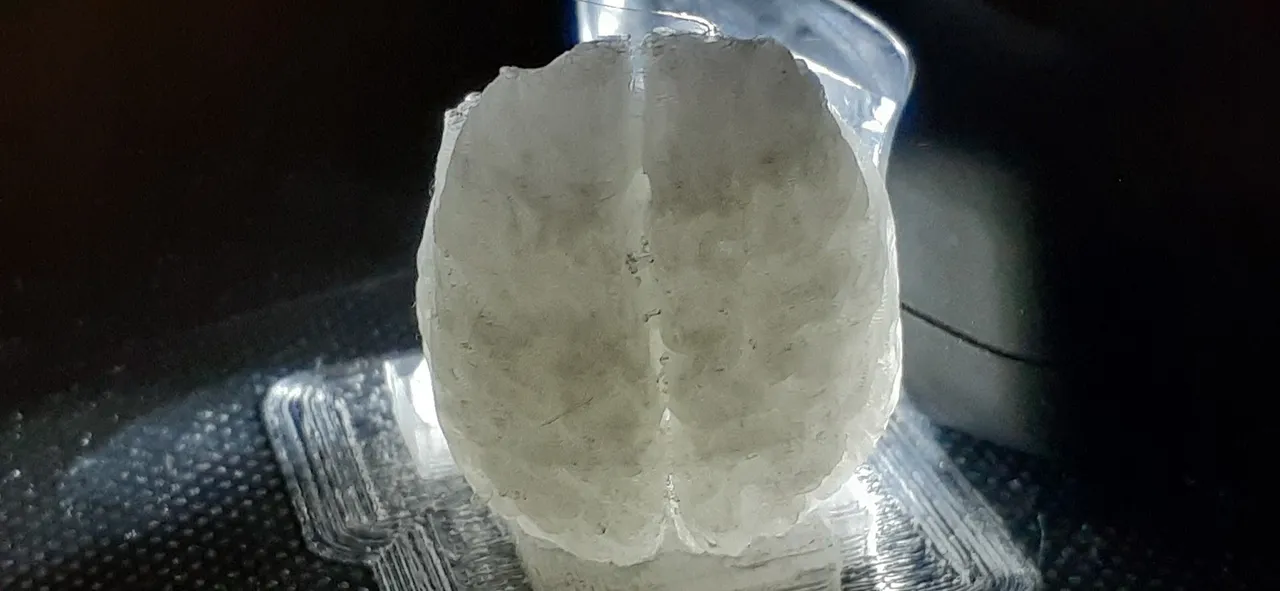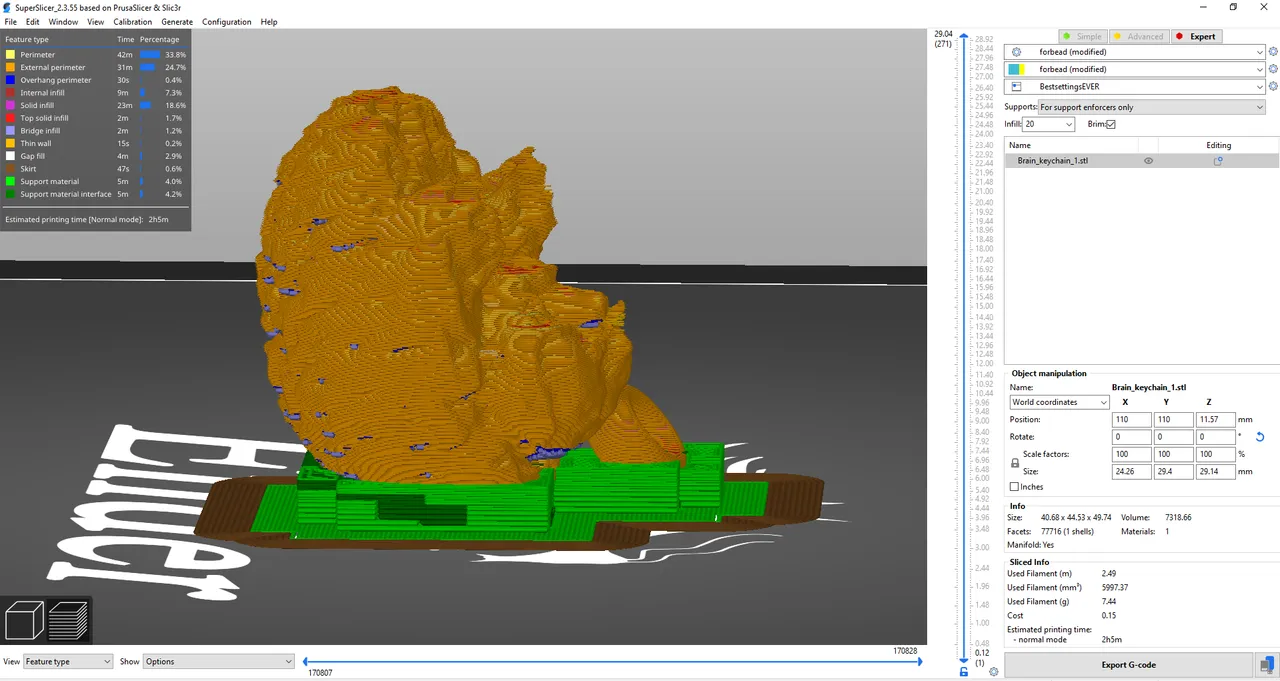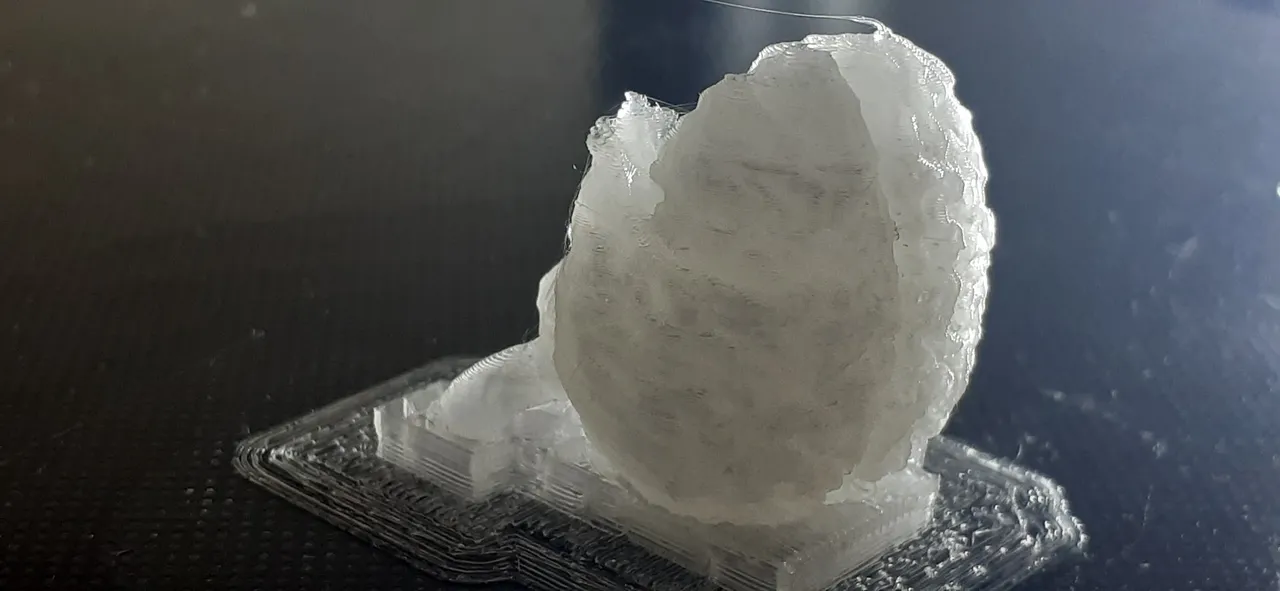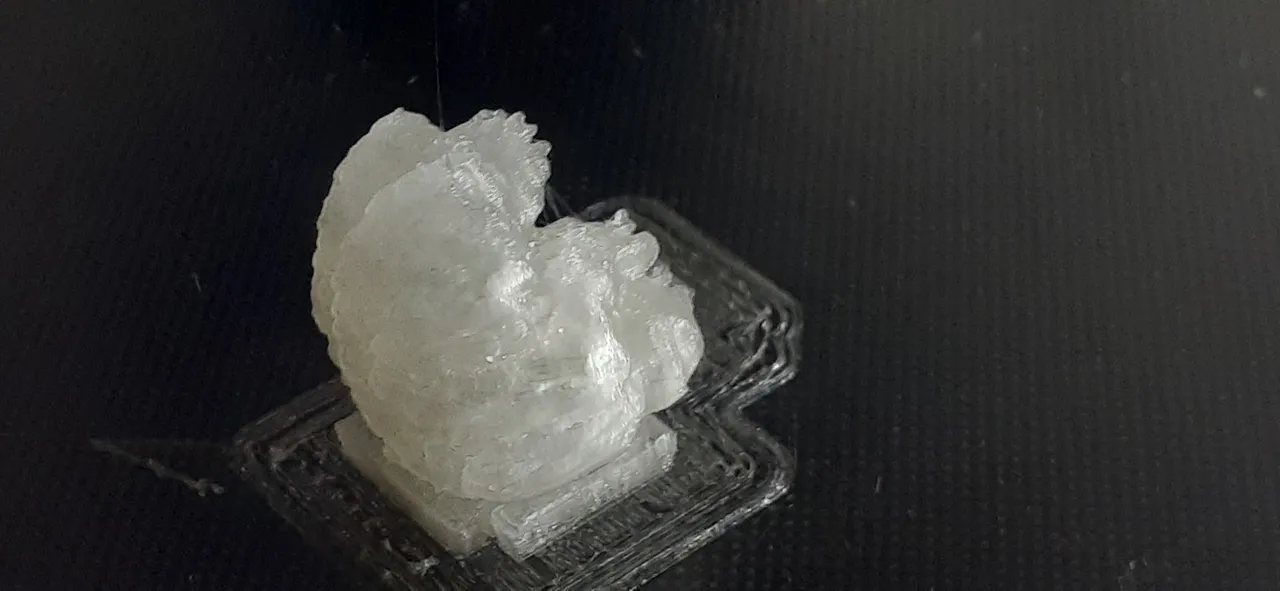Well now I do, and I can prove it!
Hello Everyone,
The past few days have been pretty busy here as I've worked tirelessly to troubleshoot a layering shift anomaly that keeps occurring.
It's been recommended to me through comments on Youtube videos that I learn kinematics.
A quick google search was even more intimidating than my experience with opening Fusion 360.
I'm still trying to process the idea that I may have to teach myself to become somewhat of a physicist, never saw this coming with 3D printing :D
Aside from this layering shifting, I was able to get my printer tuned up pretty nicely to the point of acceptable prints.
Actually the prints are coming out amazing except for minor layer shifts.
Use of clear filament helps hide this a bit, and I have just ordered 62 dollars USD worth of printer parts which I was not too excited about, but I'm willing to eat baked beans out of cans everyday so that I can become a 3D printing pro. If that's not dedication, I don't know what is :D
I ordered a giant roll of timing belt, (16.4 ft.) clamps for the belt, (why would I buy premade belts that are more expensive when I could make my own belts for cheaper, I'm trying to utilize this brain that I think I have.) 10 pack of clear pulley wheels, Y and X axis tensioners, and a big old tub of lube :D
I saw a recent post by @holovision,
Proof of 3D Printed Brain (Keychain)
Synapses in my brain started firing like lightening, this could be from extensive drug use in the past, but I would like to believe differently.
The first thing I noticed was the sacrificial support material.
I'm pretty sure there is not a single 3D printing pro in this entire world that enjoys the use of support material. Why would anyone enjoy printing something that is going to be waste material, when filament is not cheap?
So I thought:
Can this model be printed with a different orientation which will completely remove the need for support material?
The short answer is no, this model is more complicated that I suspected, and I tried a myriad of different angles. None would work.

Brain keychain
by HgArgen October 09, 2017
So I utilized my brain to find the best position possible where I could manually instruct the slicer to lay down a specific amount of support layers.
This was the end result:

SuperSlicer (github)
This is 30 layers of support material , printed at 0.12 mm layer height with TECBEARS clear filament.
How much of an improvement is this from the original position? I'm not sure, I think the amount of support material used is relatively the same, but I like this orientation much more, because it gives the entire brain a pretty smooth brain appearance.
In my opinion, this is the best orientation to print this model in, and it's totally cool if anyone disagrees. 3D printing is very much an art where there are no set rules. The end goal is to produce a quality print, by which ever means necessary. Adaptability to the slicer and firmware is pretty crucial.
So I sliced the model like this and started printing. I decided to take a video of my printer in action and uploaded to this service I've been using to share 3D printing videos with friends. Have a watch if you would like to see this model being printed!
https://streamable.com/2krrvf
The music playing in the background is Caroline Campbell - Csàrdàs (V. Monti)

I think this brain came out great, and I am going to put it on my keychain.

Brain keychain
by HgArgen October 09, 2017

Brain keychain
by HgArgen October 09, 2017
That's all for today, thanks for stopping by!
If you enjoyed this post, please consider heading over to @holovision's post Proof of 3D Printed Brain (Keychain) and giving him some support, because he gave me the idea to experiment with different model orientations which ultimately led to this post.
Have a great day everyone! ~~@print3dpro
